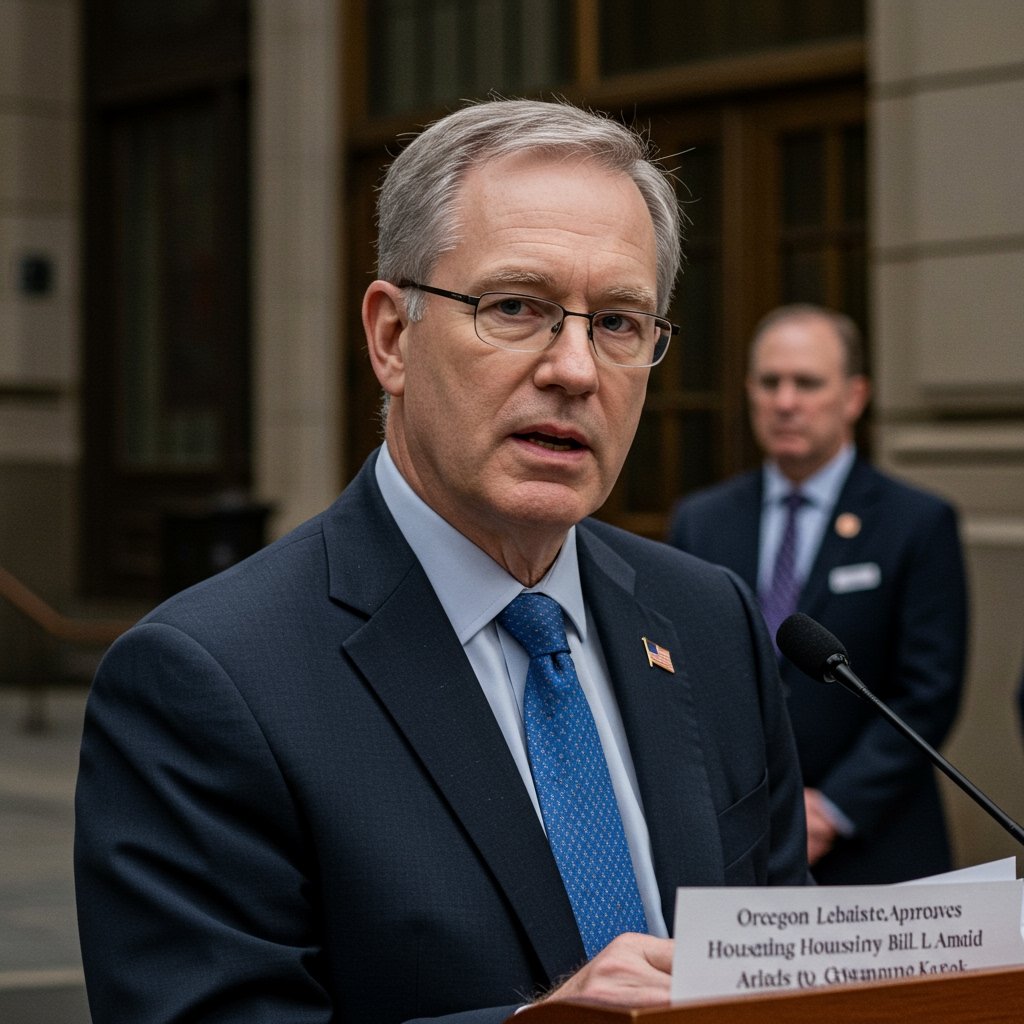Rural Oregon stands at a critical financial precipice, as counties heavily reliant on federal timber revenues grapple with a deepening budget crisis. This unfolding situation, with roots stretching back over a century, threatens the very fabric of essential public services, from law enforcement to road maintenance and libraries, sparking urgent calls for a sustainable solution in this vital region of the Pacific Northwest.
A Century of Compromise and Reliance
The current predicament facing timber-dependent counties in Oregon is not a sudden development but the culmination of historical policies and recent legislative shifts. The story begins in the early 1900s during President Teddy Roosevelt’s administration, when vast tracts of land were designated as national forests. This progressive conservation effort, while preserving natural resources, created a significant challenge for nascent counties: large portions of their land base became federally owned and thus exempt from local property taxes. To offset this lost revenue, a crucial compromise was established: the federal government would share a percentage of the proceeds from timber logged on these lands with the counties where the forests were located. This revenue-sharing mechanism became a cornerstone of rural economies, with counties receiving 25% of gross revenues from U.S. Forest Service lands and 50% from Bureau of Land Management (BLM) lands.
For decades, this system provided a robust financial backbone, allowing counties like Douglas County, which once received as much as $50 million annually from federal logging profits, to fund essential services and maintain low local tax rates.
The Timber Wars and a Temporary Fix
The economic stability fostered by timber revenue began to erode dramatically in the 1990s. Environmental movements and legal challenges, most notably those surrounding the protection of the Northern Spotted Owl, led to significant reductions in logging on federal lands, often referred to as the “Timber Wars.” This drastically curtailed the revenue stream counties had come to depend on.
Recognizing the severe impact on rural communities, Congress introduced the Secure Rural Schools and Community Self-Determination Act (SRS) in 2000. This program offered a more stable, albeit temporary, funding source, designed to cushion the blow from declining timber receipts. For many Oregon counties, SRS payments far exceeded what they would receive from traditional timber revenue sharing. For instance, Klamath County received over $4 million from SRS in 2023, with that funding supporting the entirety of its sheriff’s department budget. Across the state, Oregon counties have collectively received over $4 billion from the SRS Act over the past 24 years.
However, the SRS Act requires regular re-authorization by Congress, and its funding expired at the end of 2023. While the U.S. Senate has passed a bill to renew SRS, co-sponsored by Oregon Democrats Senators Ron Wyden and Jeff Merkley, it has stalled in the House of Representatives, leaving rural communities in a precarious financial limbo.
A New Federal Directive and Dire Consequences
The situation is further exacerbated by President Donald Trump’s administration’s spending plan, dubbed the “One Big Beautiful Bill.” While this plan calls for an increase in logging on federal lands, it controversially directs all monies from these new timber sales into federal coffers, rather than sharing them with the counties where the forests are located.
This shift, coupled with the lapse of SRS funding, means counties are defaulting back to a mere fraction of their previous federal support. Klamath County, for example, now anticipates receiving just $400,000 from timber receipts, a tenth of its SRS funding.
The immediate implications for these communities are stark. Rural Oregon counties are already facing significant budget holes, forcing difficult decisions about which public services to maintain. Curry County Commissioner Jay Trost noted that their sheriff’s department already responds only to life-threatening emergencies or active crimes, with residents likely to see further declines in services like road maintenance and longer 911 response times. School districts, too, face potential staff and program cuts without this vital federal news funding.
Oregon State University forest policy professor Mindy Crandall emphasizes the fundamental nature of these cuts, affecting “real basic stuff for safety and people’s quality of life.” The crisis also highlights the impact of Oregon’s own state tax laws, where the elimination of severance taxes on private timber has contributed to billions in lost revenue for counties since 1991, making federal payments even more critical.
The Path Forward
As federal lawmakers delay action, rural Oregon counties are struggling to find alternative revenue sources. Strong anti-tax sentiment in many of these areas, where voters have historically rejected local tax levies, compounds the challenge.
The current budgetary crisis in Oregon’s timber country is a complex issue with deep historical roots and far-reaching consequences. Without a renewed commitment to stable, equitable federal funding or the development of innovative local revenue streams, these communities face the daunting prospect of continued decline in essential public services, reshaping the future of rural Oregon.




